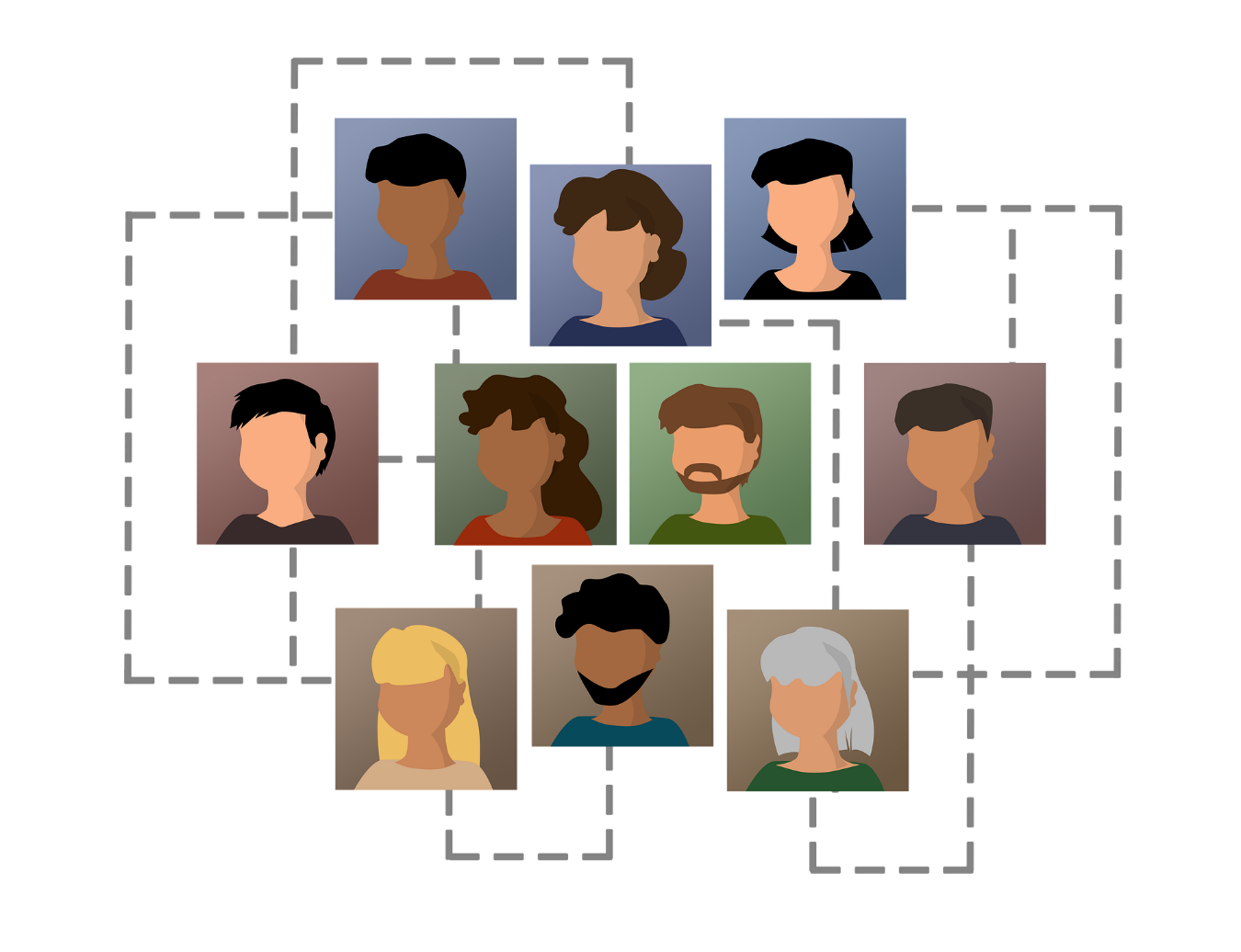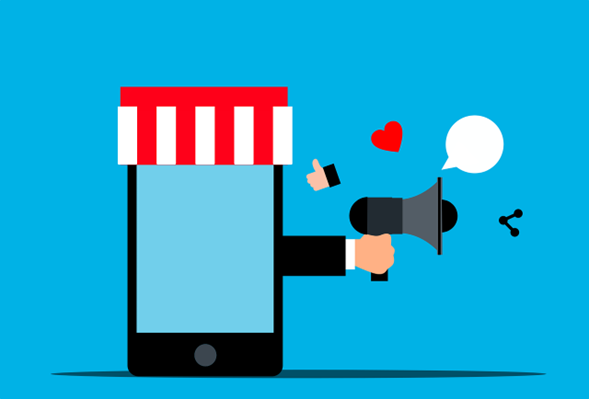Relational marketing: how to do it properly?

Relational marketing is responsible for strategies that involve the relationship with a key partner of a company, whether it is a customer, distributor, or supplier.
Philip Kotler, a theorist, and world reference in the world of marketing, defines relational marketing as the practice of “creating successful long-term relationships with key partners – customers, suppliers or distributors – in order to conquer and maintain their preference.”
At first glance, the main goal of relational marketing is to retain the key partner. But actually, this big goal is much more than that. Relational marketing makes a key partner a “brand advocate”. A key partner who comes back to the brand because he trusts it, a partner who loves the brand so much that he recommends it to his peers.
Next, we present you 4 essential steps to establish a relational marketing strategy. Then we’ll cover the strategy focusing only on one type of key partner, the customer. Either way, everything can be adapted for other types of key partners.

1# Meet and target your customers
For a relationship to work well, the company must know its customers. From the moment a customer comes into contact with the company, relational marketing should start acting. It is important that the company can understand the customer and categorize their needs.
CRM tools are essential in this step. These tools help you segment and create databases that respond to both business objectives and customer needs. In this way, it can reach the customer using personalized communication with greater potential for return.
Example
A supplement company can segment the customer among those who are vegans, vegetarians, and omnivores. In this way, you can reach all of them with differentiated communication and with the appropriate supplements for each.
2# Customer service is a priority
The way each customer is treated influences the experience and perception that this client has of the company.
The company’s culture has a direct impact on the quality of customer service and this is where the training of the company’s employees comes in.
In addition, the company must know how to listen to the customer and resolve all the situations raised by the customer as soon as possible.
Example
Before finalizing the purchase of a vegan supplement, the customer does not find information on the website about the origin of the product. This alone is a flaw that the company will have to correct. However, the customer contacts the company through the chat available on the website. This is a quick way that the company allows the customer to clarify his questions. At a glance, customer service contacts a product specialist, who sends you information about the origin of this vegan supplement. Customer service informs the customer about the source and the customer can finally finalize the purchase.
In addition to helping finalize the purchase, customer service identified a failure in the communication of the products. This failure will be reported to the marketing department that you must resolve it later.

3# Encourage customer feedback
This is where the customer loyalty strategy comes in. This strategy will depend on the resources of your company and the advantages you can give the customer to return. You can go through content marketing, loyalty programs based on discounts or points accumulation, personalized customer campaigns, and more.
Example
The previous customer purchased a vegan vitamin D supplement in December 2021. The company knows that vitamin D is most consumed during the winter. Even before the winter of 2022 arrives, the company shares with the customer on social networks or via email, tips to prepare the immune system for the winter. As soon as the first days of winter arrive, it sends communication about vitamin D that is selling at a special discount or extra points for your loyalty program.

4# Encourage brand recommendation
Finally, the great goal of relational marketing that few approach: the potential to bring new customers.
It is important that you have this in mind when creating your relational marketing strategy. It is at this stage that the so-called referrals come in. The creation of “refer a friend” campaigns is one of the tools available to a company, which by benefiting the current client, also brings a new customer.
But this is just one of the tools. When buying a product or service, a company can encourage the customer to share the news on a social network and earn X points in their loyalty profile. In this way, the customer will be advertising your company “for free” to his entire network of contacts.


